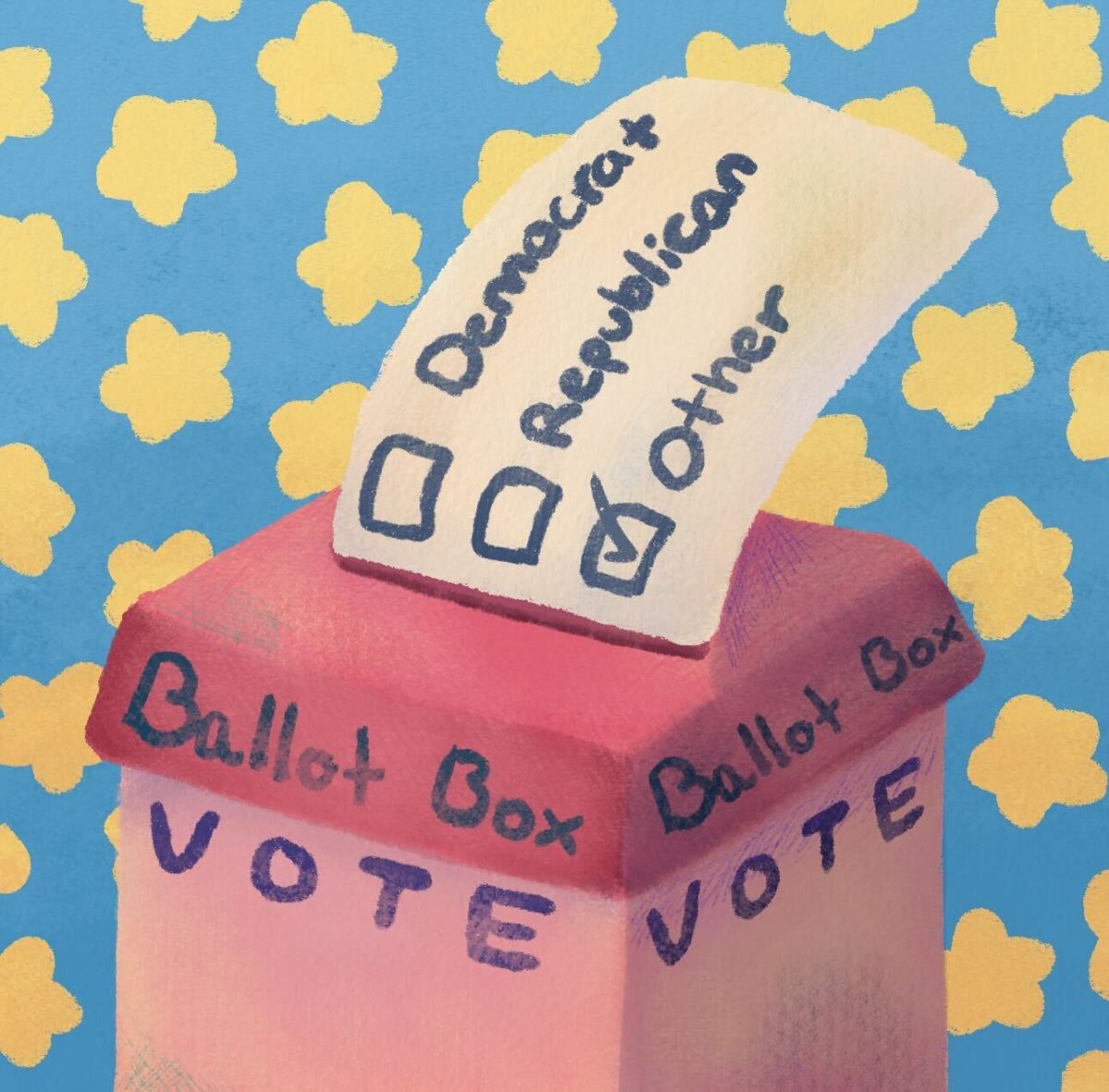We often hear that our country has not been so bitterly divided since the Civil Rights era–maybe even since the Civil War. Americans cannot seem to agree on hot-button issues like abortion regulation, immigration policy or what level of involvement we ought to have in various foreign conflicts.
However, some may be surprised to learn that majorities of Americans do agree on something particularly important: most Americans are dreading the Trump-Biden rematch that appears guaranteed now that primary elections have come to a close.
According to a NewsNation/Decision Desk HQ poll, 60% of all voters said they do not want President Biden to run for reelection while 57% said the same of former President Trump, a pretty remarkable level of concurrence. For perspective, a greater majority of Americans agree on not wanting this 2020 redux than agree that pineapple is an appropriate pizza topping! Only 46% of Americans agree that it is. Joking aside, it is truly remarkable that so many voters do not want to choose between these candidates at the same time that the two major political parties all but coronated them throughout the primary season.
In 2023 neither Trump nor Biden ever debated their primary challengers, they only sat down for a handful of interviews each, and overall did less boots-on-the-ground campaigning than their rivals did. What is more, is that neither the Republican National Committee nor the Democratic National Committee held their leading candidates to account for their refusals to outwardly participate in the democratic process.
And yet, both of these historically unliked candidates delivered sweeping victories across the country on Super Tuesday. How are we to square this reality? The explanation that appears most salient has to do with a concept in political behavior research known as negative partisanship.
Put simply, negative partisanship occurs when a voter’s choice for political office is dependent more on dislike of one candidate than actual positive effect for their chosen candidate. This is likely a concept that many Americans are familiar with as it is expressed most commonly in the notion that voters must “choose between the lesser of two evils.”
At the 2016 ballot box, we saw this kind of political calculation expressed in Trump’s extremely slim margin of victory in a swing state, like Wisconsin, where his majority relied on just 0.82% of the vote. During the following election, Biden won Wisconsin with an even slimmer margin of 0.63%. These are the kinds of radically slim margins that only occur when voters are seeking damage control, not a true expression of democratic will.
One major way voters can begin to take back control of their political opinions is to simply reject the “lesser of two evils” framing that both Republicans and Democrats serve us each election. A choice made in a state of fear is hardly a choice at all.
Instead, I encourage voters to only choose candidates they actually like. This will no doubt include candidates from parties hardly given the light of day, like the Green Party, the Libertarian Party, and even the Democratic Socialists of America Party. It will also widen voter aperture to give third-party presidential candidates real consideration instead of simply brushing them aside as “spoilers.”
Luckily, there is no shortage of third-party presidential candidates to choose from this year. If voters truly do not want a rematch of Trump and Biden this year, then they ought to demonstrate that by rejecting those choices in exchange for a Jill Stein, Cornel West, or Robert F. Kennedy Jr. at the ballot box.
Truly, the most democratically spirited act Americans can take is to vote for candidates whose policies they really believe in rather than using their vote as merely a weapon to ward off the worst possible option.
To be sure, behaving this way electorally will require Americans to conduct more research about the specific policy positions of non-two-party candidates than they might normally undergo. Additionally, independent voters will have to stomach the criticism that they are throwing their vote away or helping the other side win, but a shift away from voting simply based on whether a candidate has an “R” or a “D” next to their name could have great, worthwhile downstream effects.
If election data begins to show an increase in cross-party voting, the major parties may be forced to moderate their election year rhetoric as alternative choices become more and more competitive. Rather than scare voters, the major parties may opt to inspire voters once more.
And there does seem to be an appetite amongst the electorate for this kind of depolarized political culture, with 43% of Americans now identifying as independent. Identification with the Democrat and Republican parties have fallen to 27% each according to a recent Gallup survey.
If so many of us have already rejected the two major parties on paper, is it not then time to prove it on election day? In doing so, we would finally be heeding the warning of President George Washington.
“However [political parties] may now and then answer popular ends, they are likely in the course of time and things, to become potent engines, by which cunning, ambitious, and unprincipled men will be enabled to subvert the power of the people and to usurp for themselves the reins of government, destroying afterwards the very engines which have lifted them to unjust dominion,” Washington said in his 1796 farewell address.












